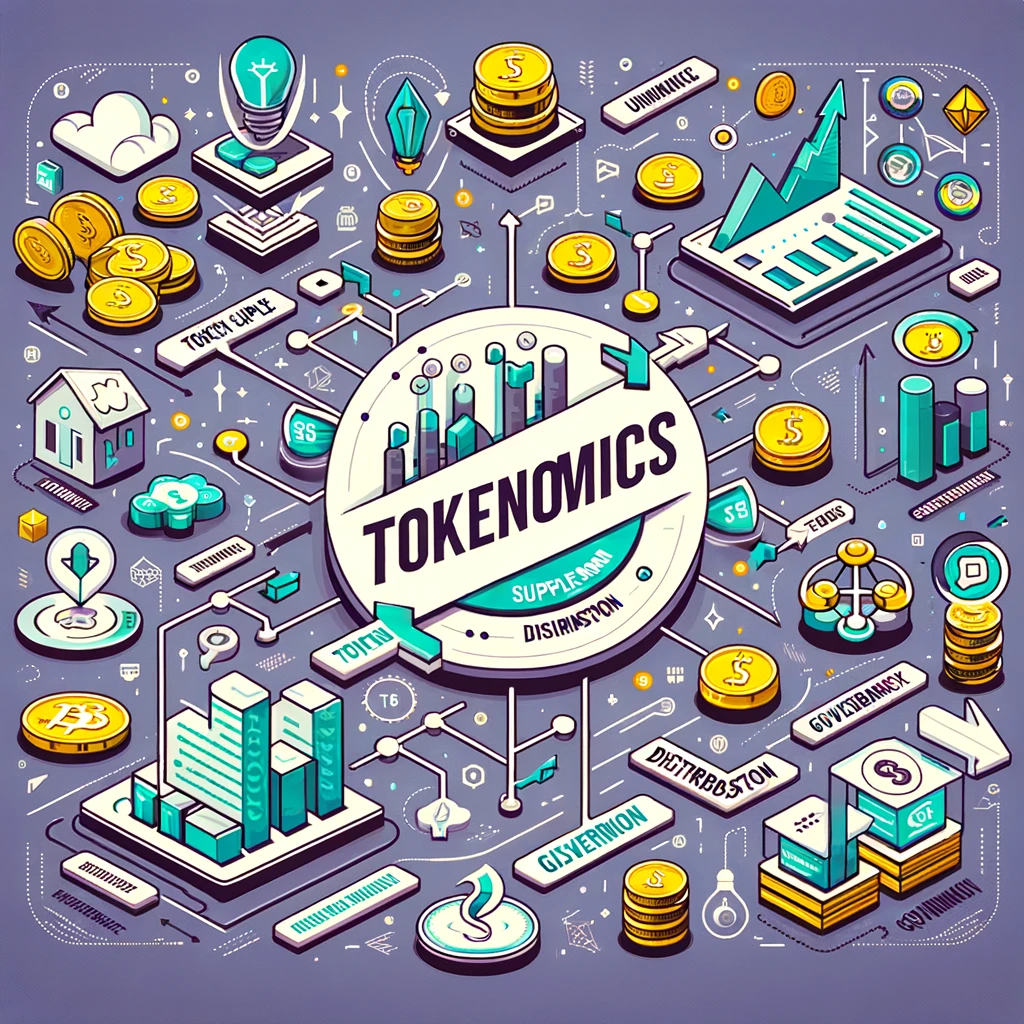The equation-of-exchange is one of the best known models for valuing crypto projects. Ever since Vitalik Buterin wrote about it it has been extensively used by different crypto projects.
However, this model faces limitations.
- The original post by Buterin was flawed.
- Estimating velocity or holding time is not an easy task.
- We still need empirical confirmation of how the equation-of-exchange works in real crypto projects.
This led me to pursue a stream of research in trying to figure out all of the above questions, and also come up with an improved version of the equation-of-exchange.
The results of this piece of research can be found on arXiv. These findings have been incorporated into the TokenLab package.
Equation-of-exchange
The Equation of Exchange is a fundamental principle in the field of economics that provides a macroeconomic framework to understand the relationship between the money supply in an economy and the price level of goods and services.
It is elegantly captured by the formula MV = PQ, where M represents the money supply, V denotes the velocity of money (or the rate at which money changes hands), P is the average price level of goods and services, and Q stands for the quantity of goods and services sold during a certain period.
This equation highlights how changes in the money supply, when combined with how frequently money is used for transactions, can impact the overall price level and economic activity.
In the context of cryptocurrency markets, the equation of exchange offers a quantitative approach to valuing tokens by considering factors like transaction volume and token supply, alongside variables such as velocity or holding time. Understanding and refining this equation is crucial for investors, policymakers, and developers alike as they navigate the complexities of token valuation and the dynamics of digital economies.
Research summary
The research was broken down into multiple parts. We started off with some data collection for the following projects:
- BTC, ETH: Cryptocurrency
- BNB: Utility token, specifically exchange token
- CRV, UNI: Utility token, specifically DeFi Token
- DOT, ETH: Utility token, specifically smart contract platform token
- LINK: Utility token, specifically oracle token.
- USDT: Stablecoin
In the second part, our concern was to identify:
- Whether there is a probability distribution that seems to be a good fit for the velocity holding time of most crypto projects.
- How we can predict holding time from estimated velocity.
It looks like the lognormal distribution provides a good fit in both cases.

We then proceeded to fit a model that is using the fundamental blocks of the equation of exchange, but on data from many different real projects.
Not only we identified a new improved equation-of-exchange, but we even used cross-validation to make sure that our results hold predictive value. The results are shown below.

The importance of these findings is that we can now understand what the fair value of a token is by using an improved model. Using such a model in TokenLab allows to optimise reward and supply schedules, amongst other things.
If you want more details on this piece of research just visit arXiv.
Tokenomics for Web3 projects
If you are interested in learning more about our tokenomics services make sure to get in touch! We’ve helped many Web3.0 startups fix and improve their tokenomics.
We assist with services such as:
- Audit
- Design
- Simulations and stress tests.
We would be more than happy to do that for you.
You can read more about how we can help you, as well as some testimonials, here.

